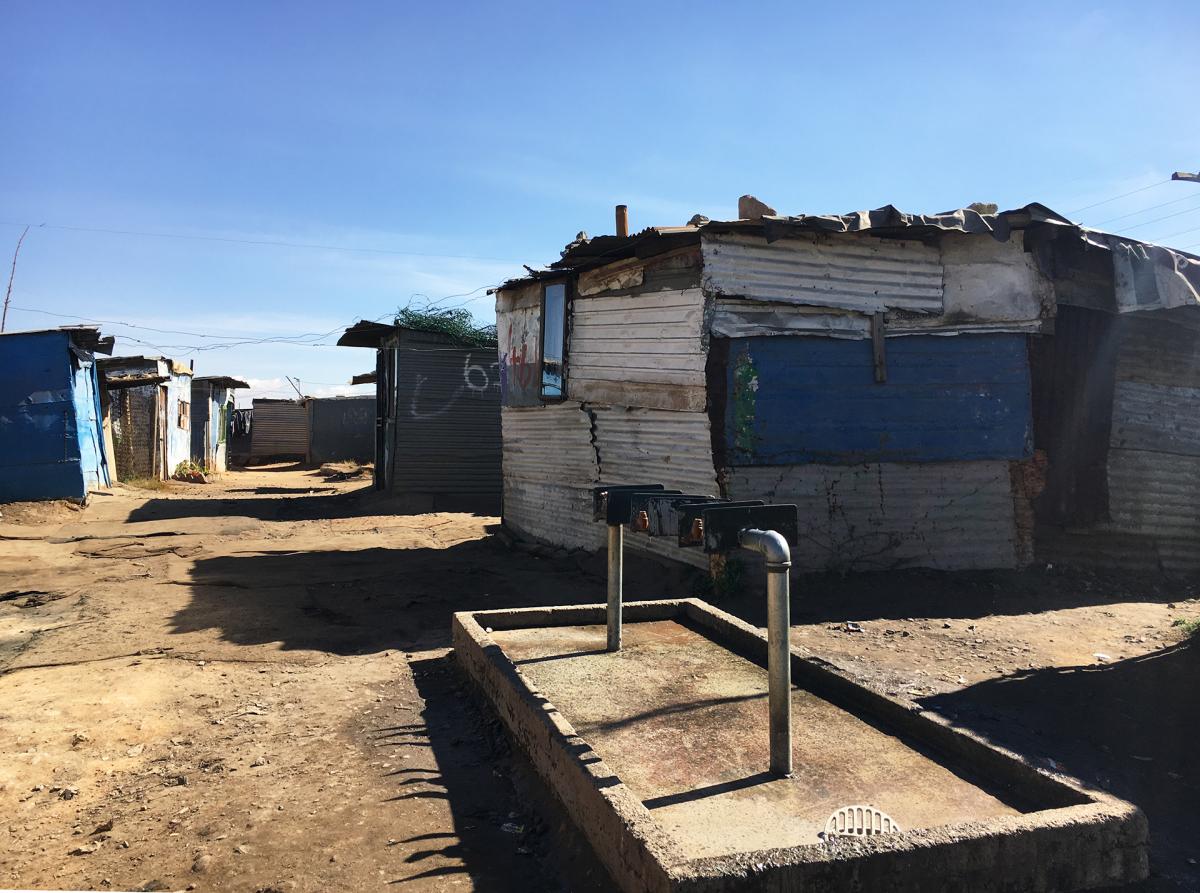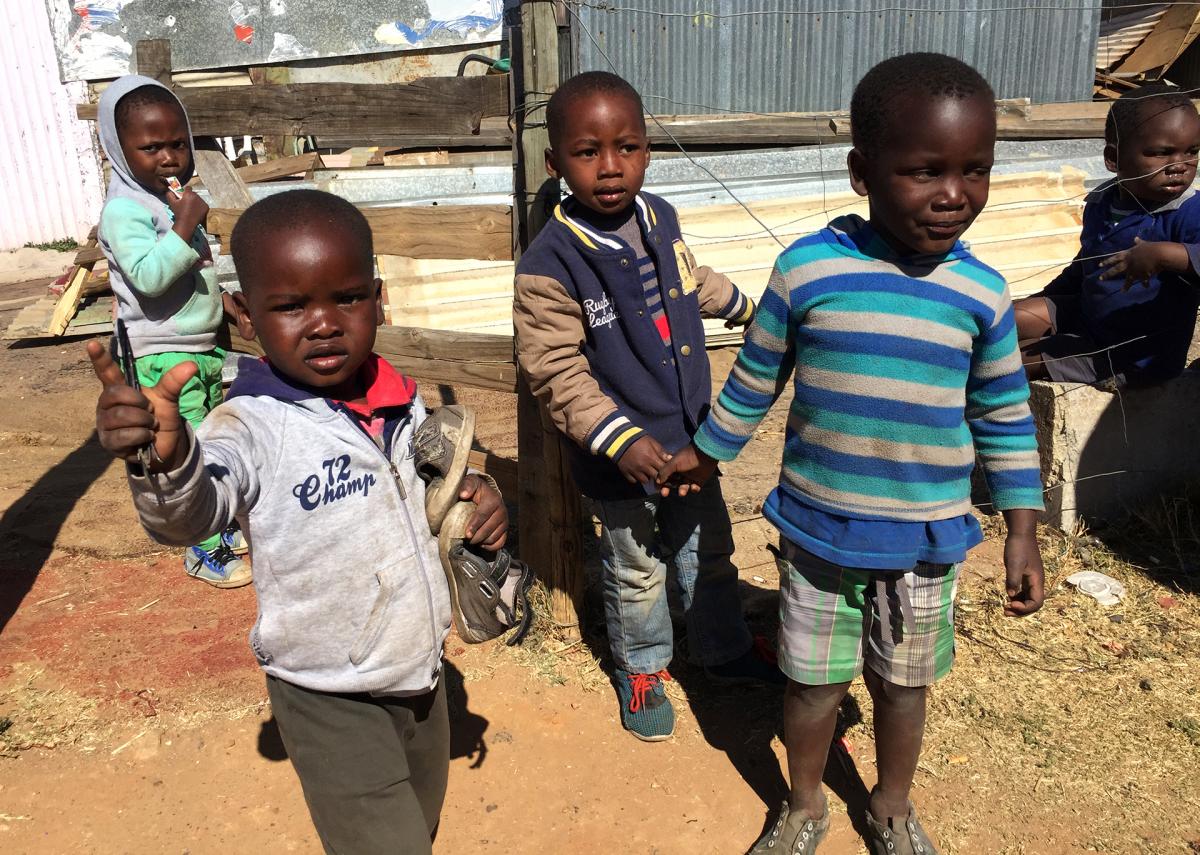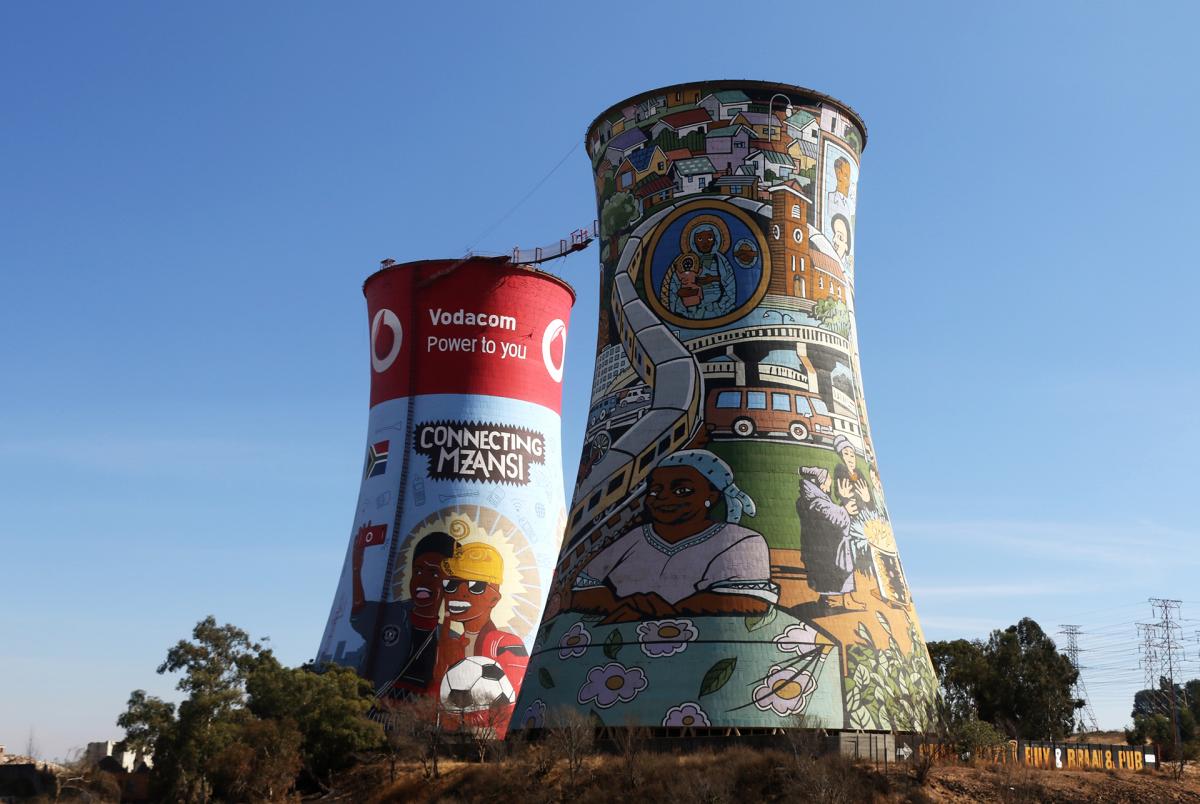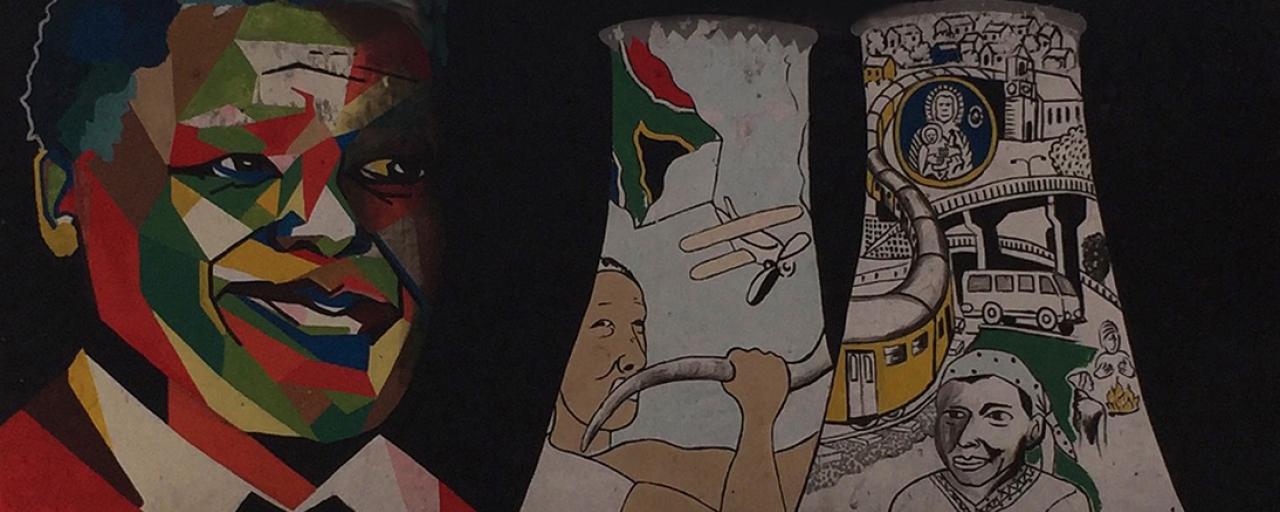Submitted by SafariADV on Sat, 2017-09-23
Although Soweto is part of Johannesburg, from an administrative point of view, its origins and role in the history of South Africa give it a unique and distinct identity.
Soweto is the acronym for "South Western Townships".
Soweto owes its birth to the gold mines that were in Johannesburg, the labor demand was high and many black workers came to this area; while it owes its enormous expansion, at a first stage, to the industrial development and, subsequently, in 1948, when the laws of apartheid were introduced, to the removal of blacks from residential neighborhoods and to the racial segregation.

Today, it is impossible to see the boundaries of Soweto, it is a huge city in the city of Johannesburg and, within it, it is very varied, there are many suburbs different among them.
Our guide tells us that there are four social classes, the upper class, the middle class, the lower class, and a class that just lives above the subsistence threshold; turning around the streets and the Soweto areas the differences are clearly visible.
First, we stop where the lowest social class lives; a guy who lives here offers himself to lead us into the slums and tells us how he lives in this place; needless to say, it is very touching and shocking, although people try to move on, here the unemployment rate is very high and hygiene conditions are very precarious
The houses are built in sheet metal and lack of running water and sanitation, he tells us that they are all on the waiting list to receive a state house, as evidenced by the number drawn on the door of each home, but the state is lagging behind promises made to these people and they are angry; they often go down the street to manifest, but it does not seem to have any effect.

From here we head to the area where the middle class lives, here is the home where Nelson Mandela lived, now transformed into a museum, and the home of the archbishop Tutu, that, instead, is a private house.
Soweto, and its inhabitants, played a key role in the struggle for apartheid, and by moving around these streets, one still perceives that ferment and the desire for redemption that for decades has led them.
An event that took place in Soweto helped to uncover the horrors of apartheid to the world: a peaceful student demonstration in 1976 in the Orlando West district was repressed with weapons by the police; some images of those days made the tour of the world, that got to know the madness and violence of racial segregation.
We visited the Hector Pieterson Museum and Memorial that shows the photos of those days and tells the horrors that were perpetrated; the museum is located right in Orlando West.
From here in the distance you can see the two painted towers, that became the symbol of Soweto, these were the cooling towers of the Orlando Power Station; now instead they have been transformed into a giant piece of art, in fact they are entirely covered with murals.
We go to see them closer and shoot some photos, we really like it.

Our tour of Soweto is over and we return to our hotel.
If you would like to know it thoroughly, you should spend a lot more time and talk more in-depth with its inhabitants; but we are already so happy with this experience that we feel to suggest it those who decide to spend some time in the city, but it is recommended to be accompanied by a local guide.
Watch the video


